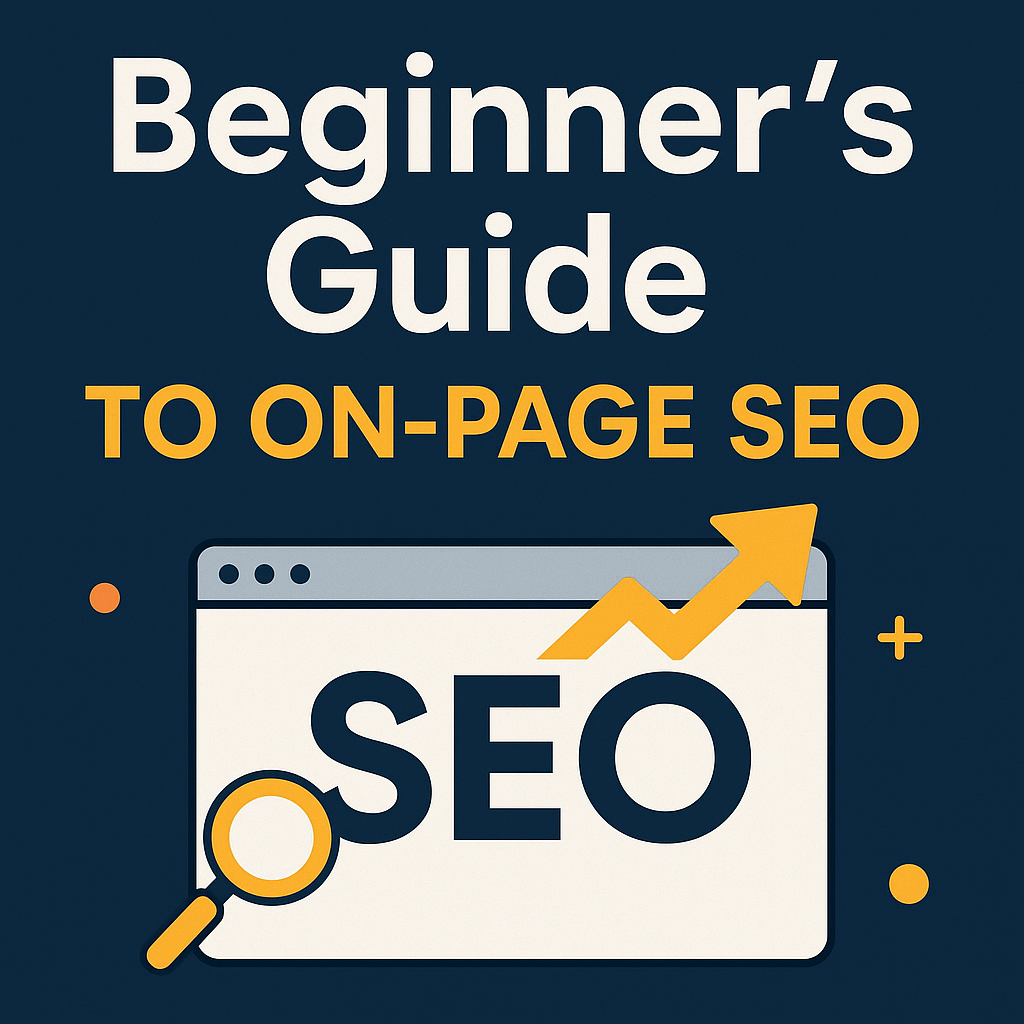In today’s fast-paced and highly competitive business landscape, marketing advertisements are more vital than ever. Whether you’re a startup aiming to carve out your space or an established brand looking to stay relevant, understanding the full spectrum of advertising types is essential to connect with your target audience, boost brand visibility, and increase sales.
This guide explores the major forms of advertisements—digital, print, television, and more—highlighting how each type works, what makes them effective, and how to integrate them into your marketing strategy.
What is Advertising in Marketing?
Advertising is the art and science of informing and persuading potential customers to engage with your brand, product, or service. From newspaper ads to TikTok campaigns, advertising spans both traditional and digital media, each with its unique strengths.
At its core, successful advertising delivers a compelling message to the right audience at the right time, using the most effective medium available.
I. Digital Advertising Types
1. Display Ads
These are the banner and sidebar ads you see on websites. Their visual nature helps brands stay top-of-mind and often includes images, animations, or interactive elements.
2. Video Ads
Video content is dominating consumer attention. Platforms like YouTube, Instagram Reels, and TikTok make video ads essential for immersive product storytelling.
3. Social Media Ads
Facebook, Instagram, LinkedIn, and Twitter offer highly targeted ad options. Brands can define their audience by age, interests, behavior, and more—making these platforms ideal for personalized outreach.
4. Native Ads
Designed to blend seamlessly with the content they accompany, native ads offer a non-disruptive user experience, increasing trust and engagement.
5. Search Engine Ads (PPC)
Pay-per-click (PPC) ads on search engines like Google place your business at the top of search results, targeting users who are actively searching for related products or services.
6. Email Marketing Ads
Email ads deliver personalized, direct messages to users’ inboxes. With the right segmentation, email campaigns can outperform many other digital formats in terms of ROI.
7. Mobile Ads
As global smartphone usage surpasses 6.9 billion users in 2025, mobile-optimized ads—especially in-app and SMS ads—are crucial for reaching customers on the go.
II. Print Advertising Types
1. Display Print Ads
Traditional print ads in newspapers and magazines remain powerful in certain demographics, offering high credibility and attention.
2. Classified Ads
Simple text-based ads that are affordable and suitable for local or niche marketing efforts.
3. Direct Mail
Postcards, brochures, or catalogs mailed to potential customers can deliver tactile, memorable experiences that digital often lacks.
4. Brochures and Flyers
Perfect for events or point-of-sale displays, these offer more detailed information while being highly visual.
5. Billboard and Outdoor Posters
Placed in high-traffic areas, outdoor ads are excellent for increasing brand awareness and reaching a mass audience.
6. Transit Ads
From buses to subways, transit ads reach commuters in urban environments with repeated exposure.
III. Television Advertising Types
1. Commercial Spots
Classic 15–60 second TV ads remain effective for mass-market branding, particularly during live broadcasts or popular shows.
2. Product Demonstrations
These visually show the functionality and benefits of a product—ideal for complex or new items.
3. Celebrity Endorsements
Attaching a known face to your product can boost credibility and attention, especially when the celebrity resonates with your audience.
4. Humorous Ads
Funny ads increase shareability and memorability—traits that make them particularly effective in viral marketing.
5. Emotional Storytelling
Using narrative and emotion can connect deeply with audiences, especially for causes or lifestyle-oriented products.
IV. Alternative Ad Types
1. Guerrilla Marketing
Unconventional, low-budget, and highly creative tactics that catch people off guard in public places.
2. Podcast Ads
Audio ads placed in niche or mass-appeal podcasts—highly engaging due to the trust between hosts and listeners.
What Makes Ads Successful?
Five key factors drive ad success in 2025:
- Precise Audience Targeting: Using data to understand and reach the right users.
- Clear and Compelling Messaging: Communicating benefits, values, and differentiation clearly.
- Right Channel Selection: Matching your message with the platform your audience prefers.
- Ongoing Analytics and Optimization: Using A/B testing and performance metrics to refine campaigns.
- Creativity and Innovation: Standing out with bold visuals, storytelling, and unique formats.
5 Marketing Ad Tips for Small Businesses
- Use Social Media Targeting: Define your audience clearly for budget-friendly reach.
- Optimize for Local SEO: Make sure your business shows up in local search results.
- Partner with Micro-Influencers: They often have better engagement than big celebrities.
- Leverage Email Campaigns: Nurture leads with newsletters and product updates.
- Apply Retargeting Ads: Re-engage users who visited your site but didn’t convert.
Final Thoughts
From digital to print, and television to guerrilla strategies, each form of advertisement plays a distinct role in shaping consumer perception and influencing behavior. The key to success lies in knowing which format fits your goals, audience, and resources—and continually adapting to new trends and technologies.
As AI and data analytics continue to evolve, the future of advertising will be more personalized, automated, and immersive. Embrace these changes to stay ahead and connect with audiences in ways that matter.

